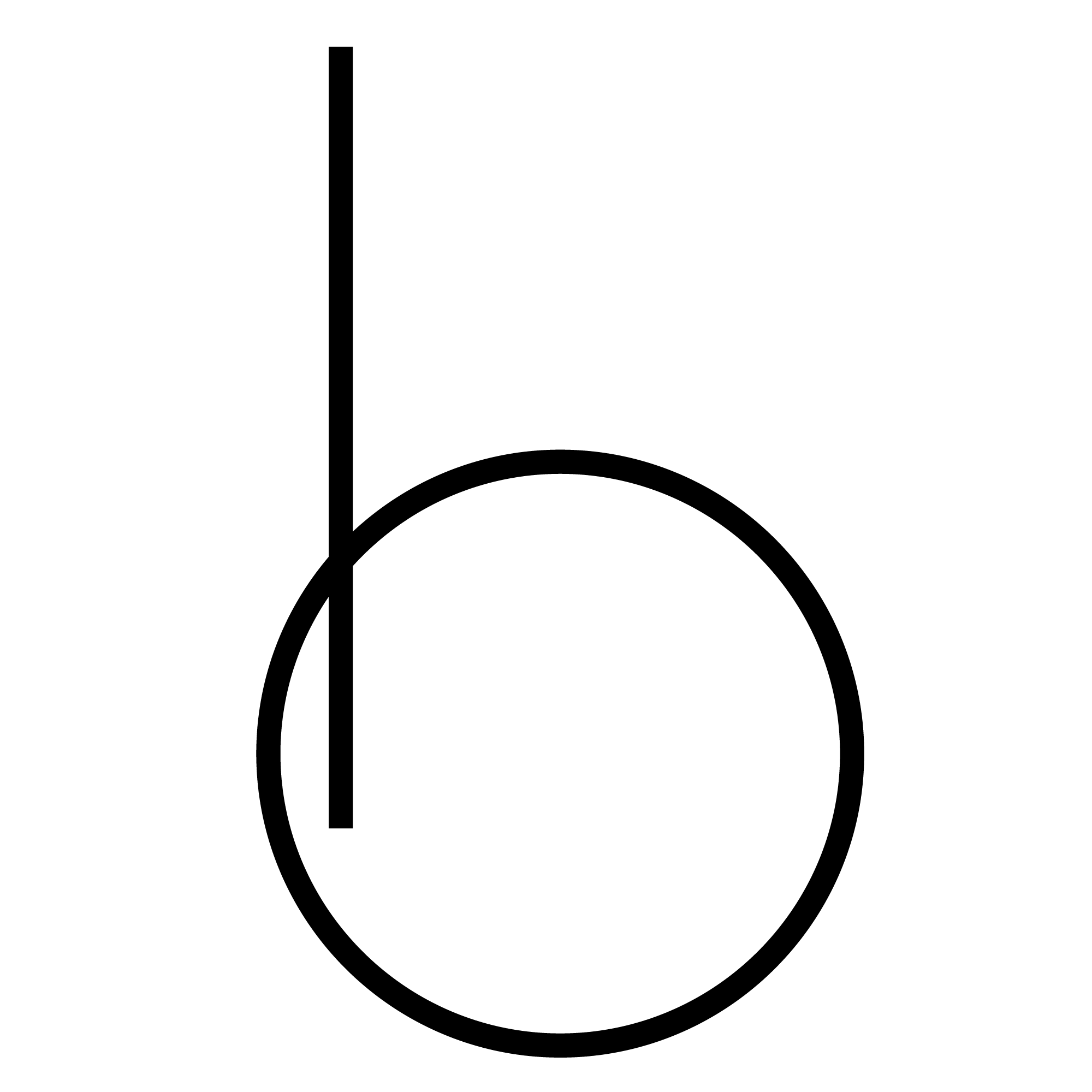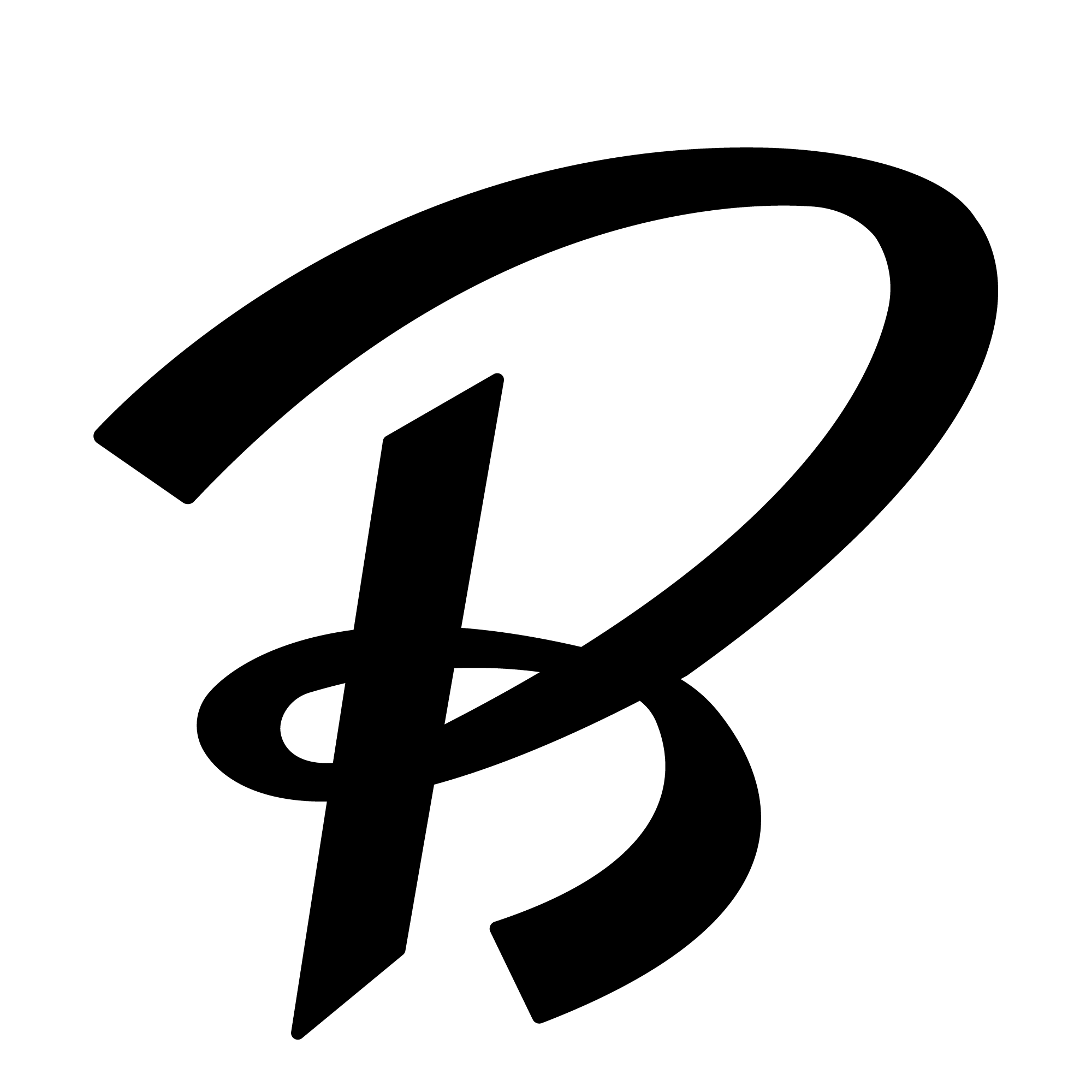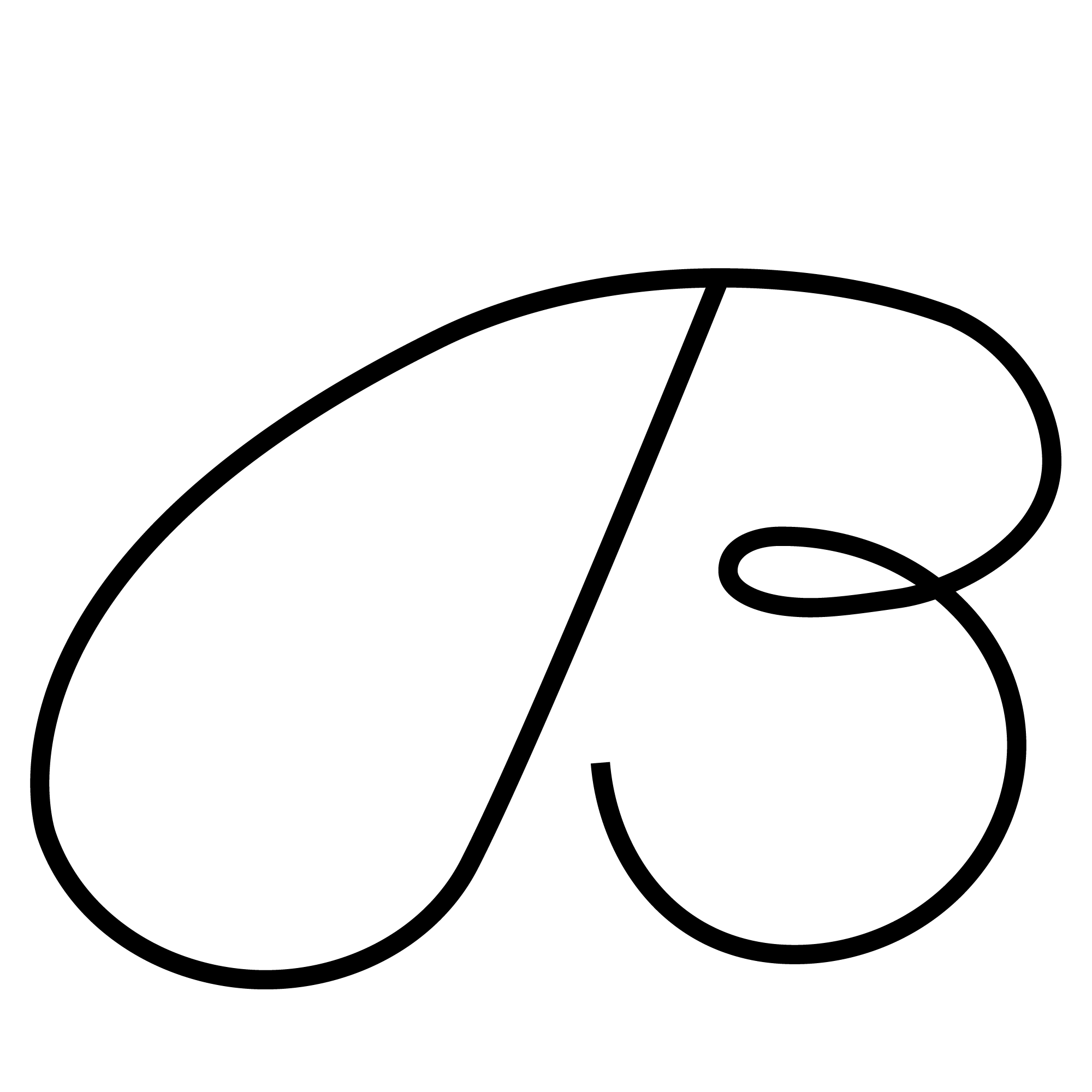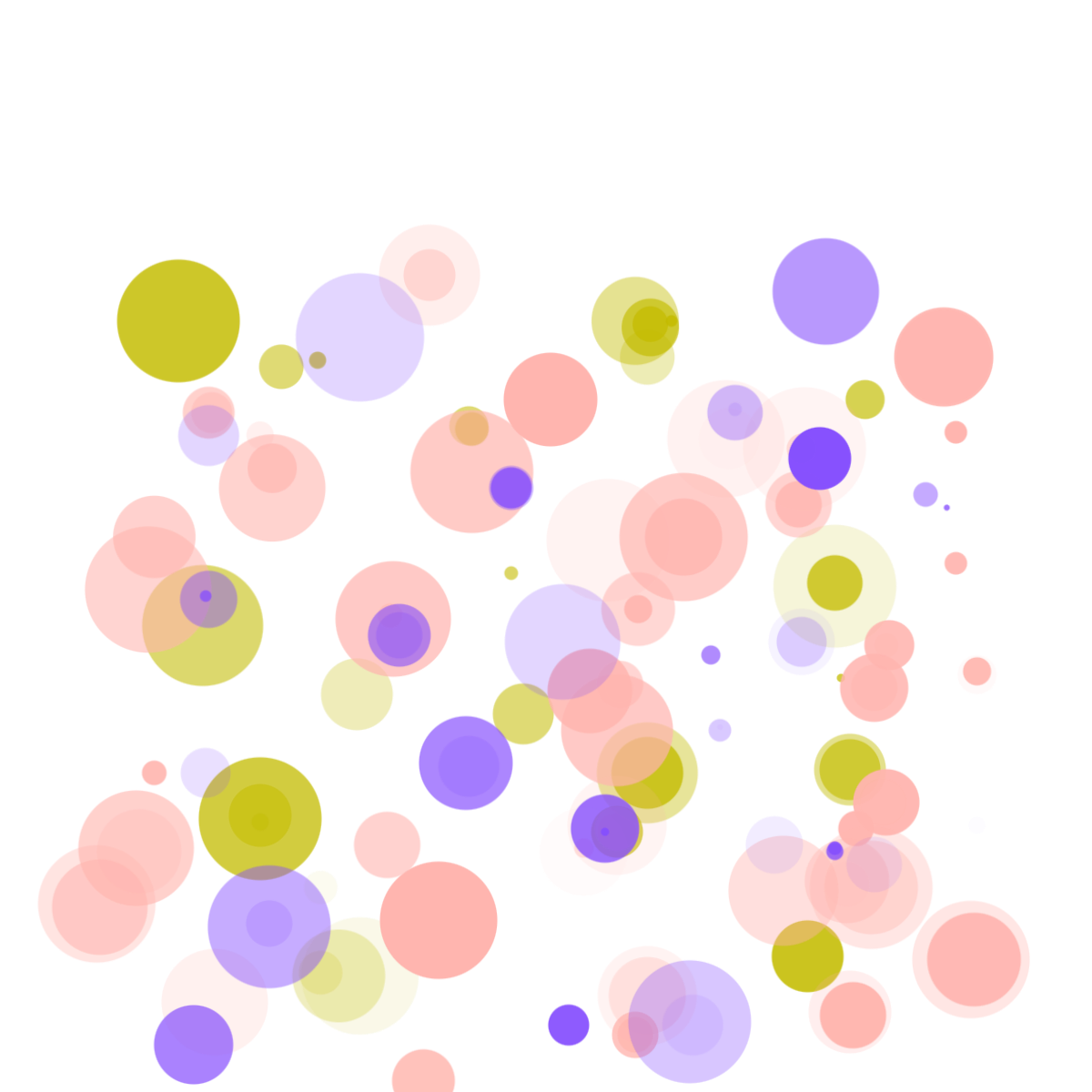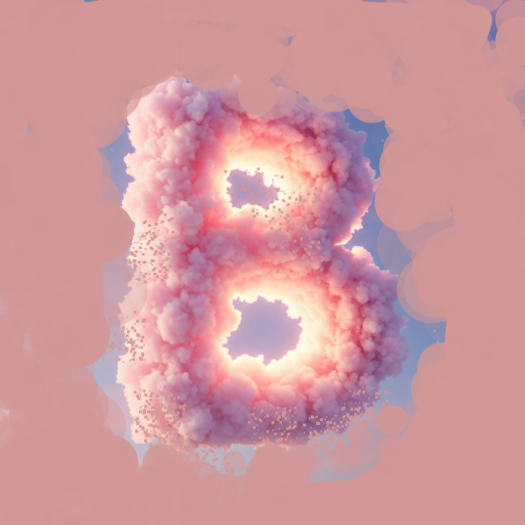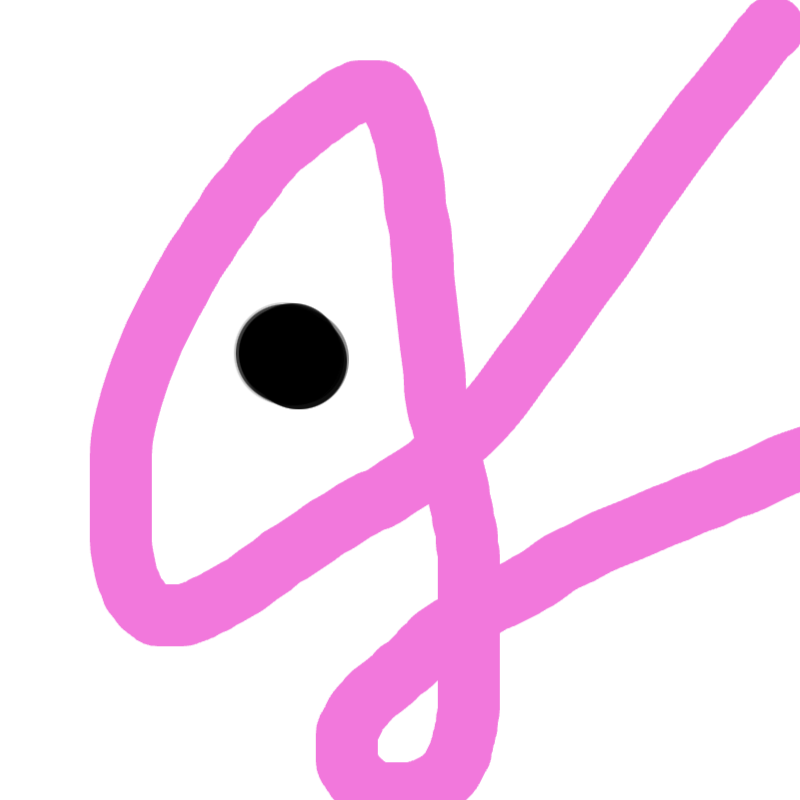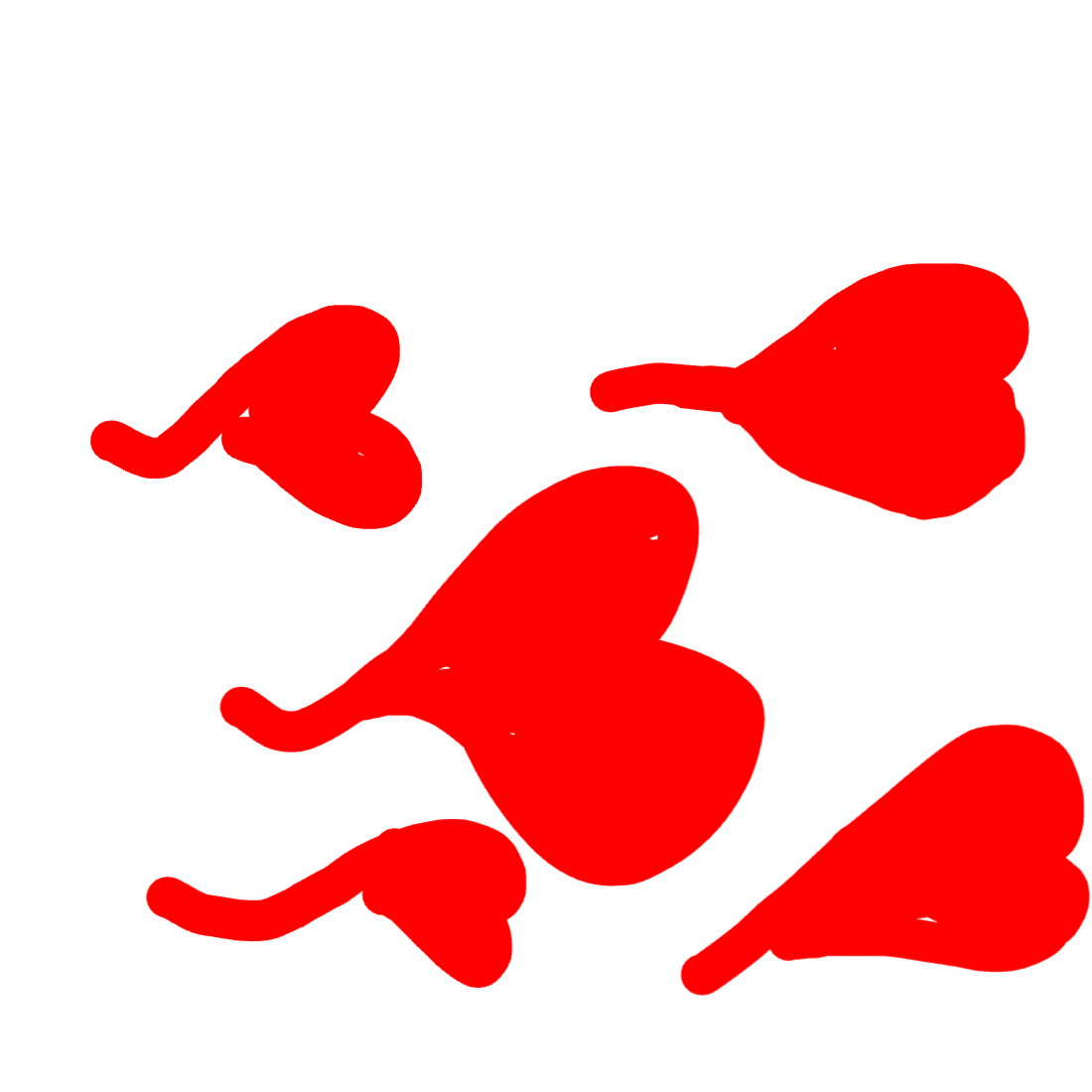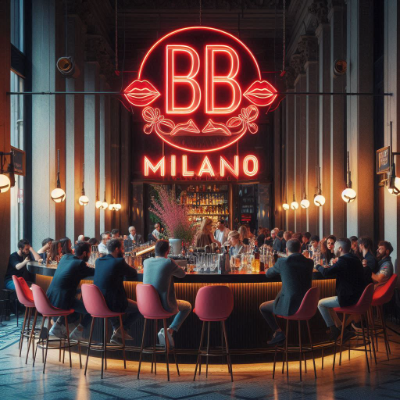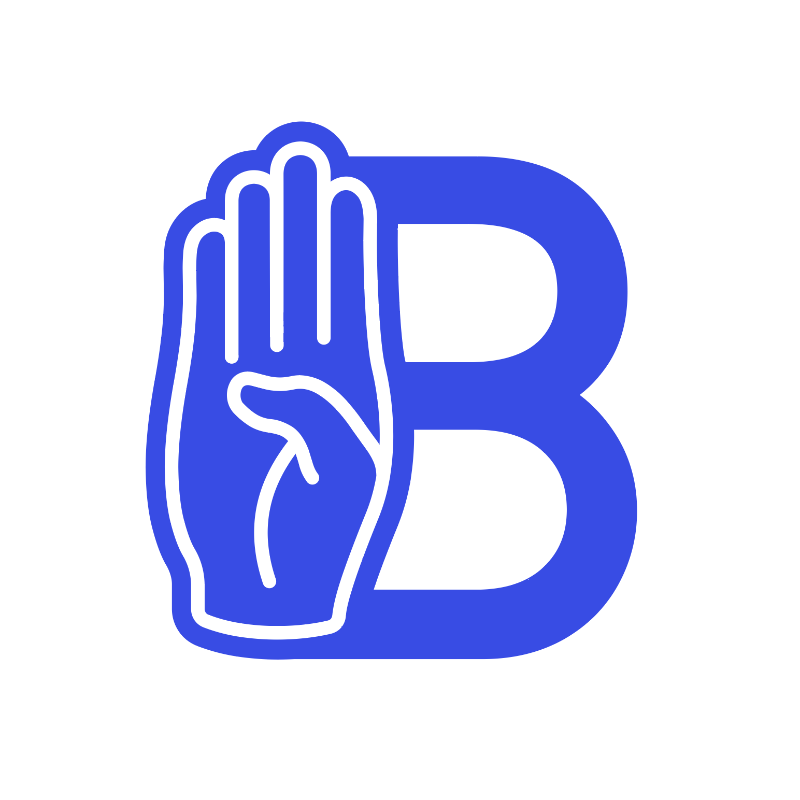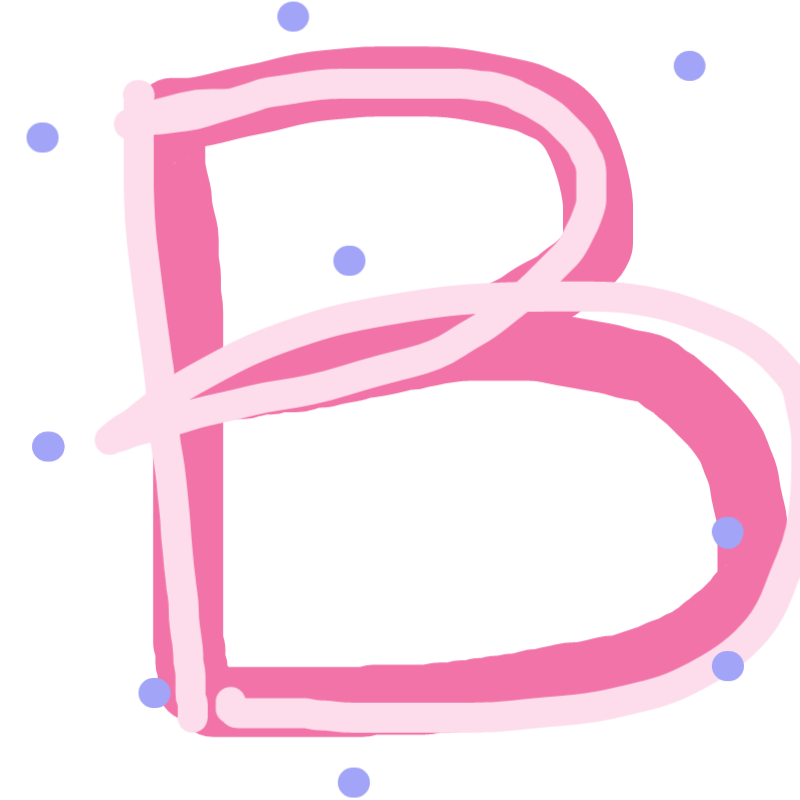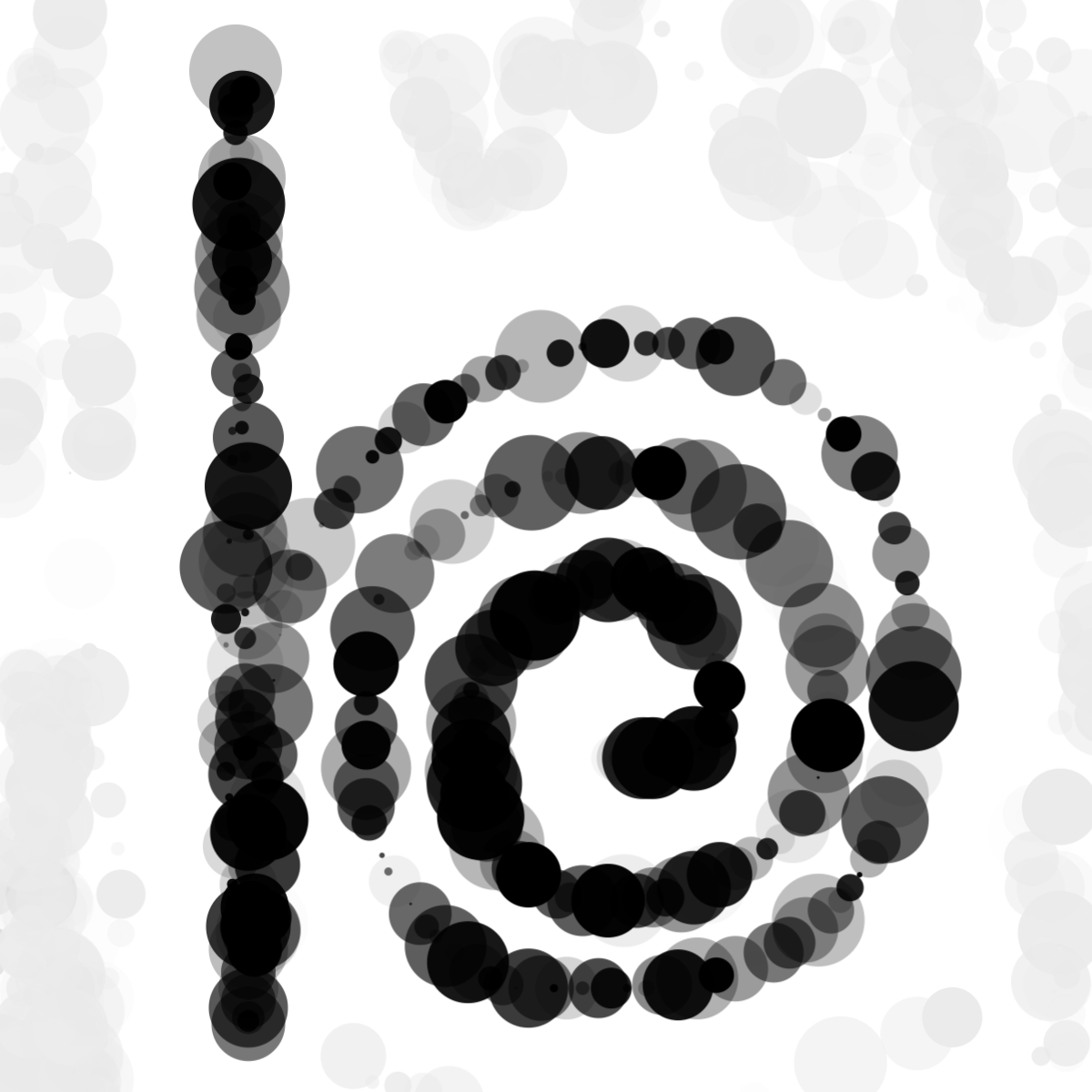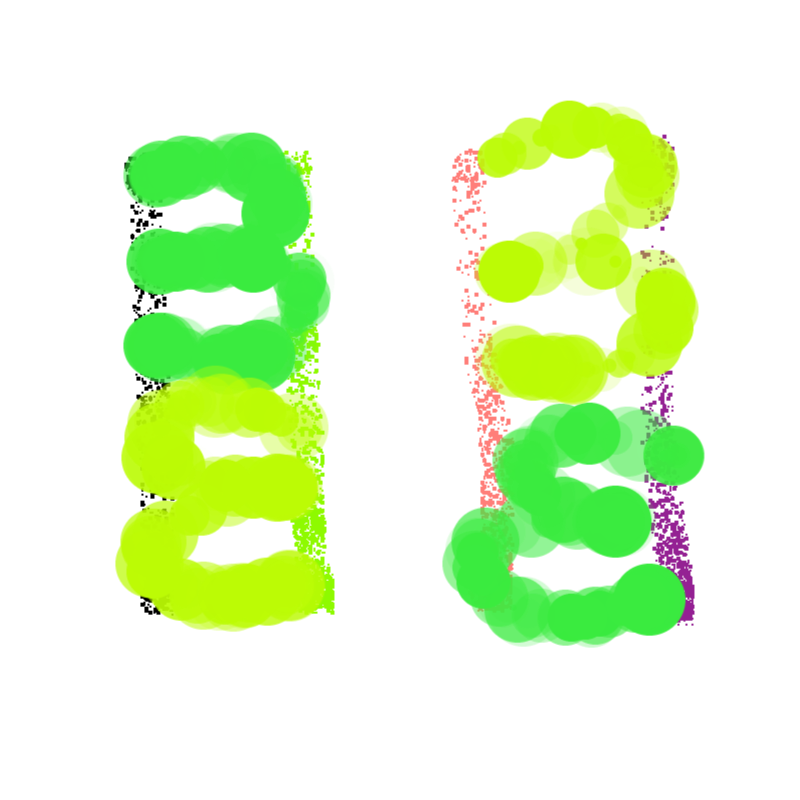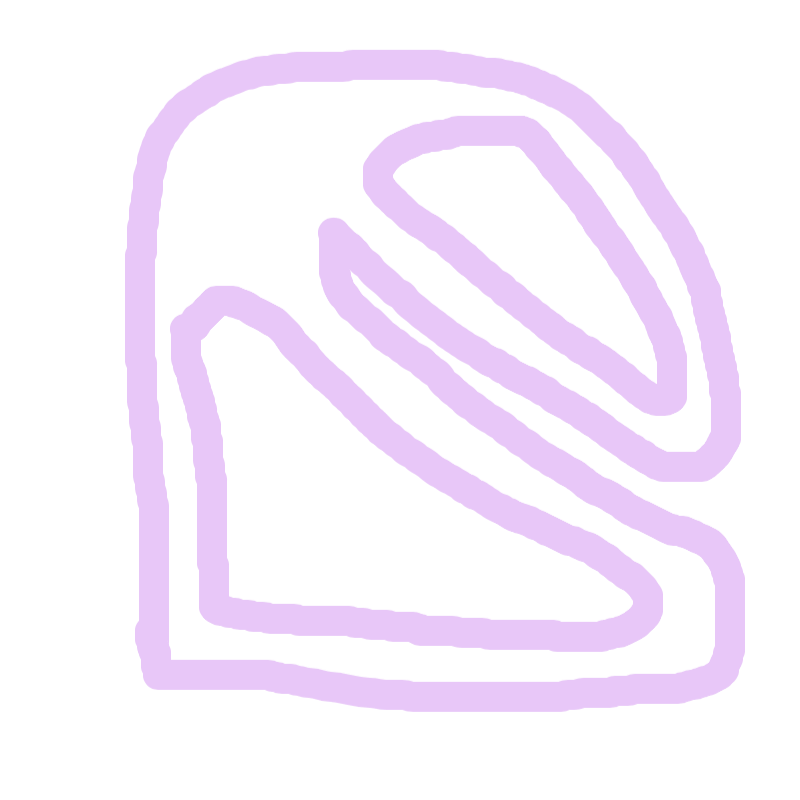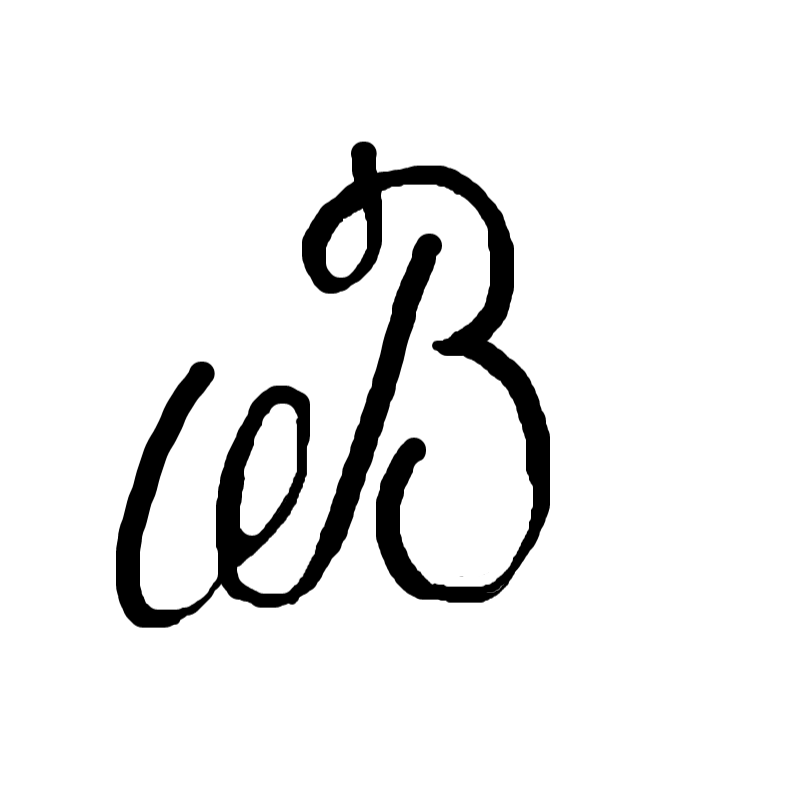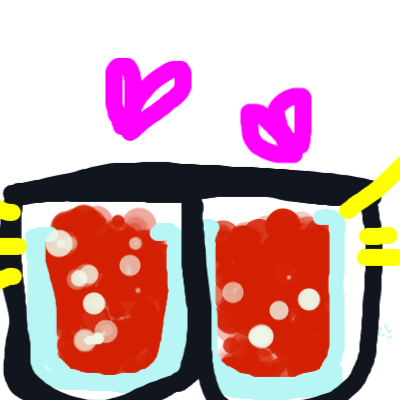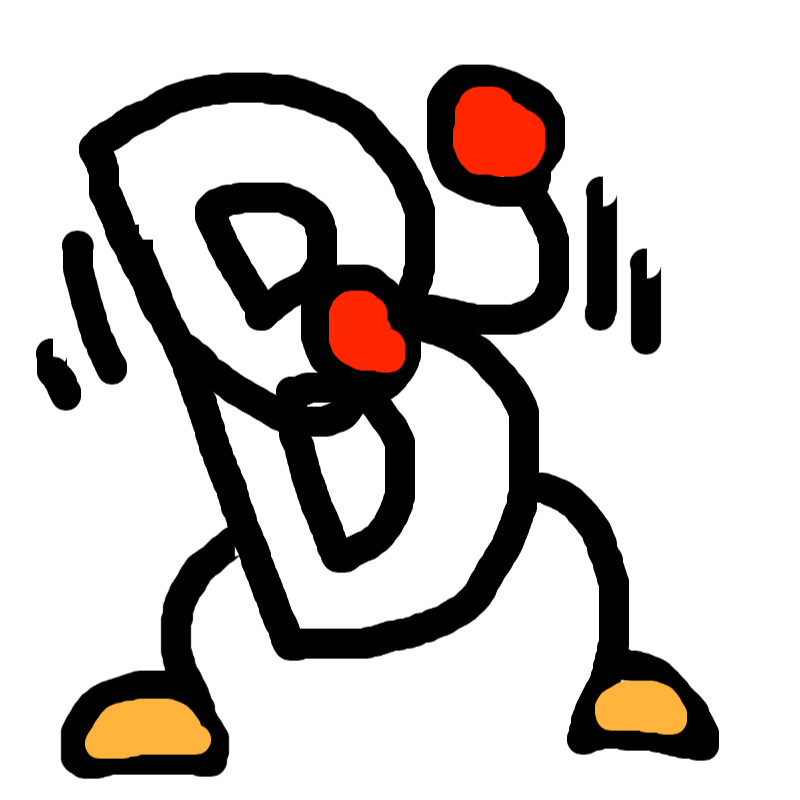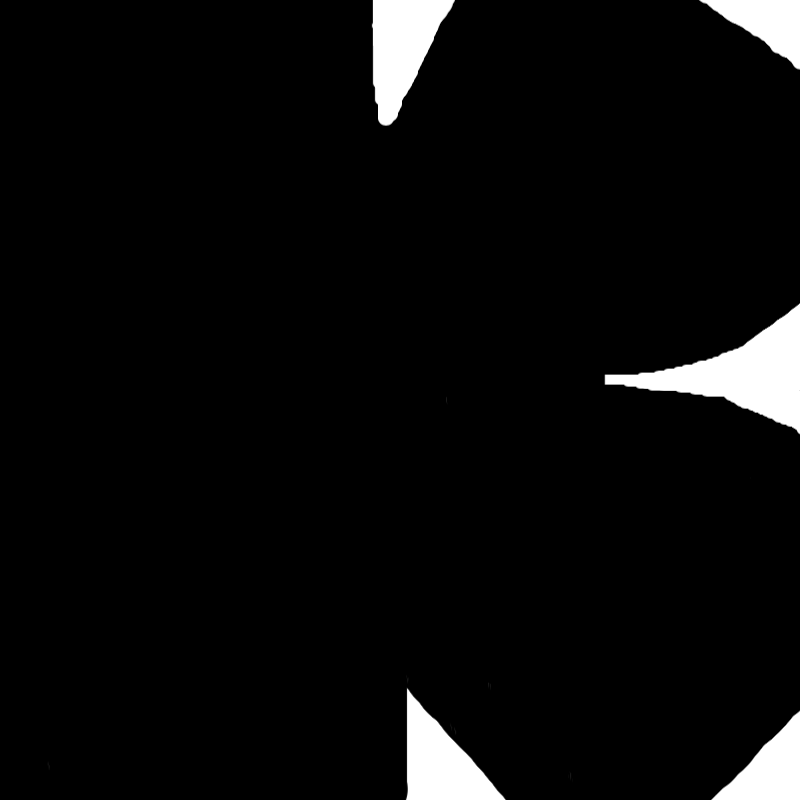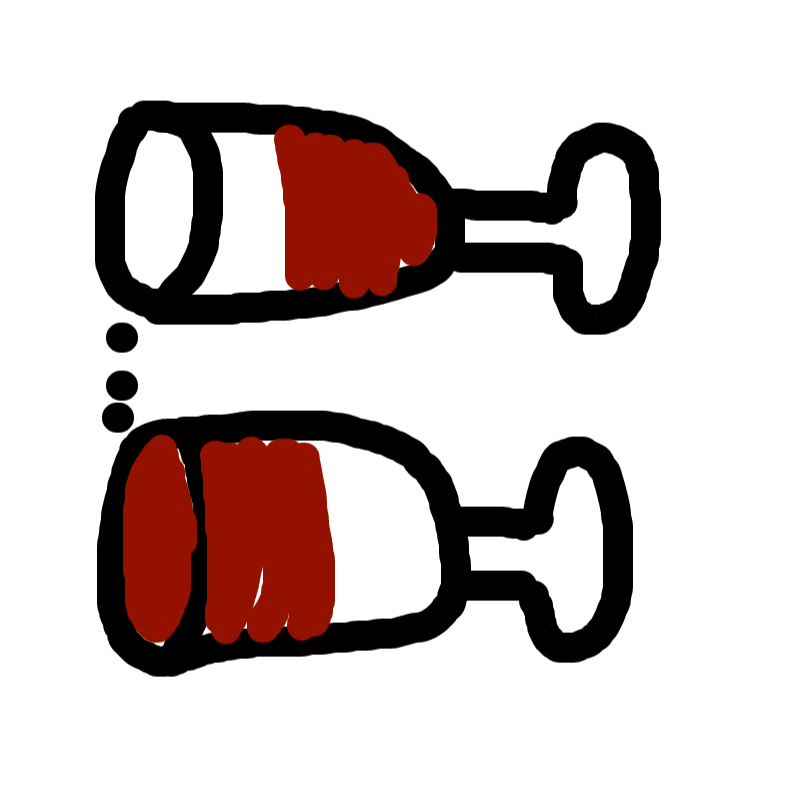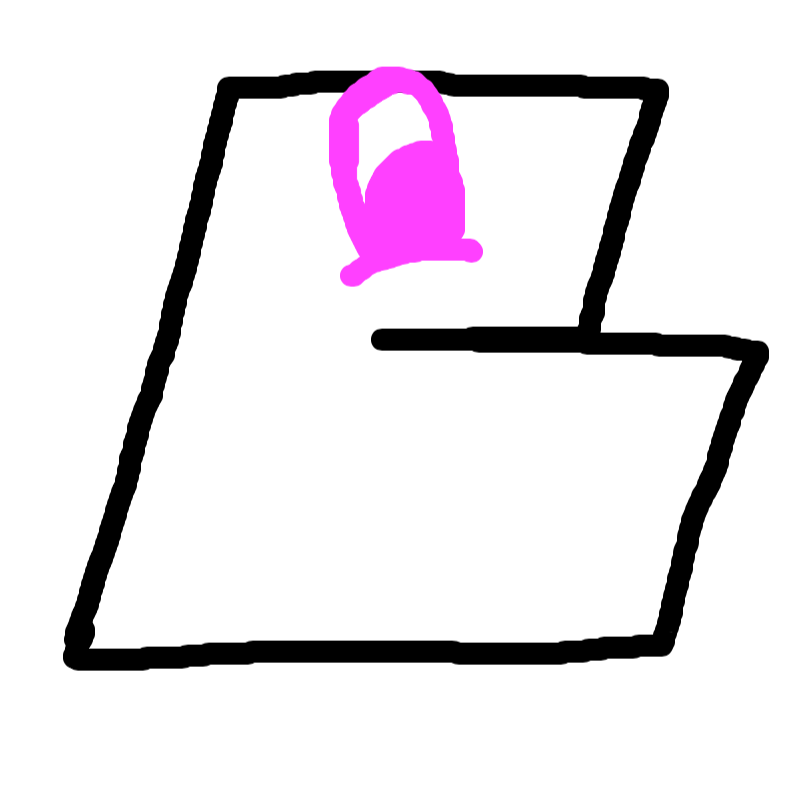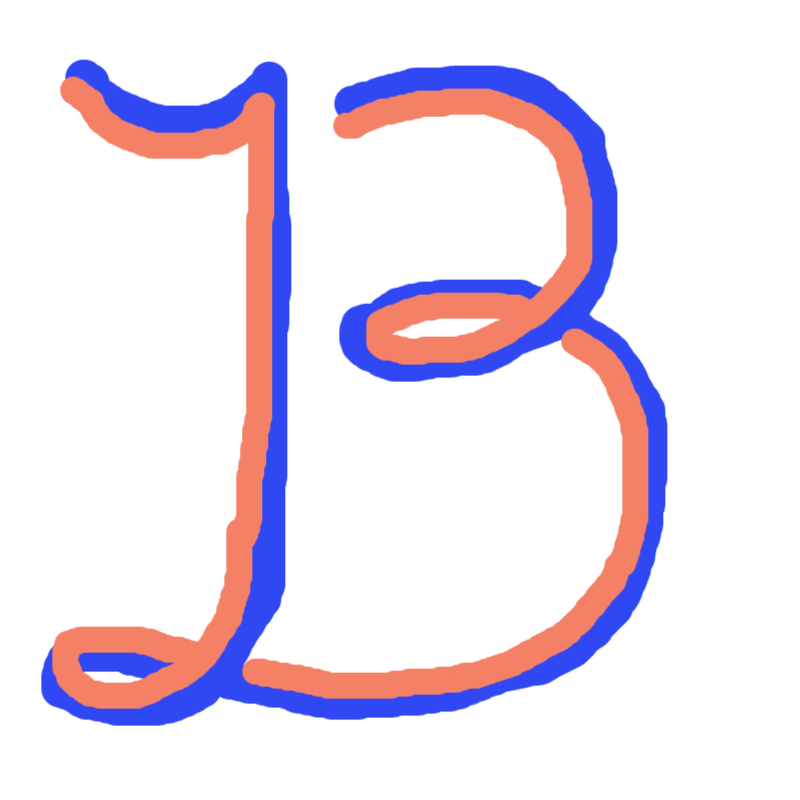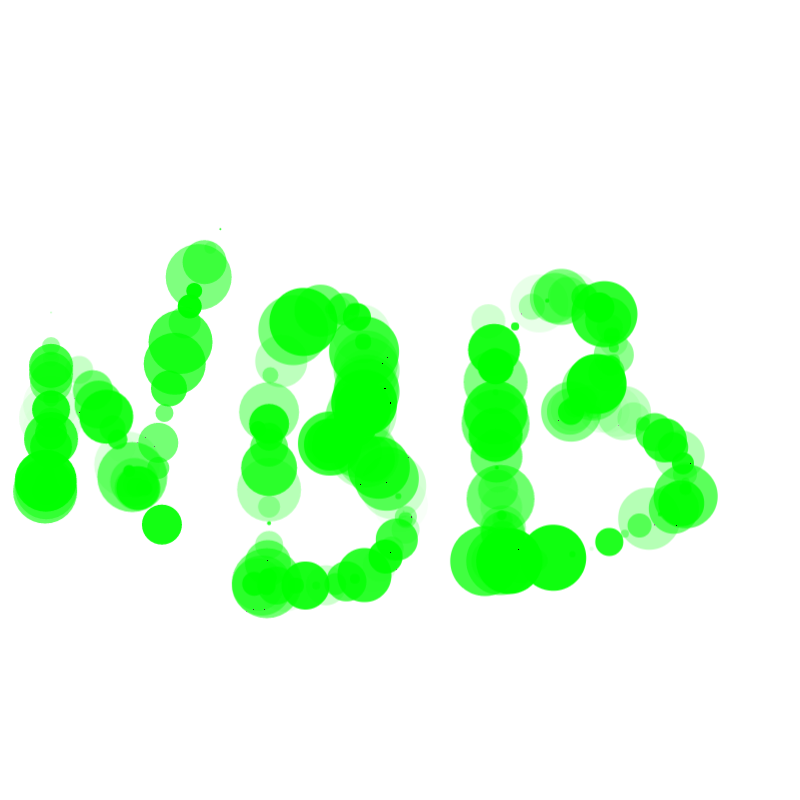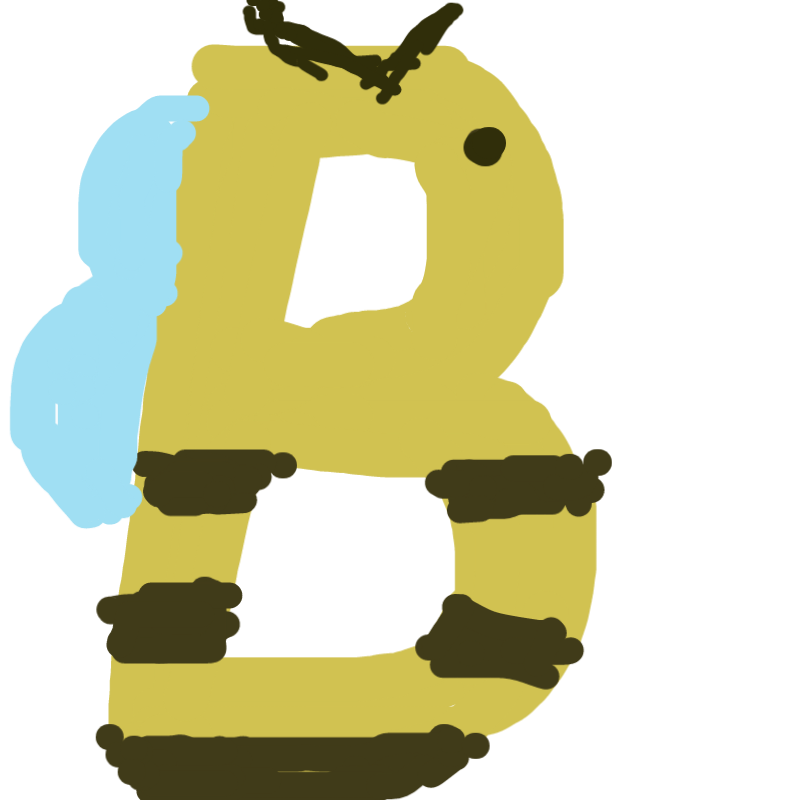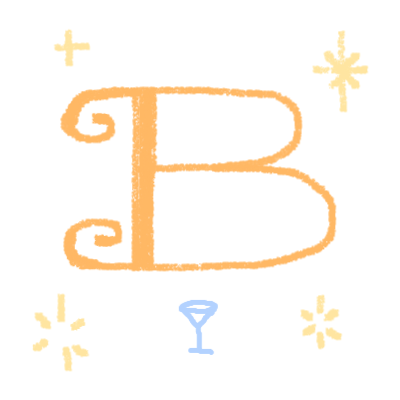Oggi le vecchie insegne vanno di moda. Hanno conquistato anche una
rubrica fissa sul domenicale di un importante quotidiano. La tiene con
dovizia un ferrato storico della tipografia, inglese da molti anni in Italia, che
dei tour fra vecchie insegne è un antesignano. Ha organizzato biciclettate
storico-critiche, ha fotografato, ha favorito la nascita di club di appassionati
di insegne e pubblicato un bel libro.
Quindi prima o poi anche il Bar Basso finirà in un implacabile mapping di
tutta la sua epigrafia identitaria e commerciale. E così scopriremo la genesi e
la storia di tutte le scritte del Bar Basso (d'ora in poi semplicemente “BB”).
Infatti, ci chiediamo: cosa ci fa un pacioso corsivo calligrafico scritto in neon
da un pasticciere, sopra la porta d'ingresso, con tanto di aloni all'amarena al
calar della sera, con il corsivo inglese da partecipazioni di nozze, con la B
maiuscola ripetuta e un po' cignesca stampato sui menù, e con le insegne più
commerciali e concrete che sentenziano “mangia e bevi” tracciate come
esercizio di basic design da uno studente in crisi etilica? Lo sapremo presto,
ma ci basterà? La missione dei “cacciatori” di insegne è tutta volta alla
scoperta di esecutori, forme delle lettere, tecniche e riconoscimento di
caratteri storici. Insomma vuole quasi fondare una disciplina e far socio
onorario, Raman, il pittore d'insegne del romanzo di Rasupuram K. Narayan.
Non hanno mai pensato che le insegne e i loro caratteri avrebbero potuto
avere una vita propria, oltre la storia della tipografia e della calligrafia. Una
storia autonoma indipendente, prima di accasarsi insieme lì dove oggi le
vediamo.
Insomma tutte le lettere negli spazi del BB hanno forse più storie da
raccontare delle migliaia di “fedeli” delle ricette etiliche del BB e allora prima
o poi al Maurizio, oltre a méscere drinks, toccherà raccoglierle e inventarsi
una vera propria scrittura per fissarle, disegnando un carattere tutto suo, non
un “BB” direi, ma un “Bodoni Sbagliato”!
Today, old signs are all the rage. They are even featured in a regular column
in the Sunday edition of a major newspaper. The column is painstakingly
written by a knowledgeable historian of typography, an Englishman who
has lived in Italy for many years, one of the forerunners of the interests in
old signs. He has organized historical-critical bike rides; he has
photographed; has created clubs for fans of signs; he has has published a
beautiful book.
Thus, sooner or later, the Bar Basso too will end up with an implacable
mapping of its entire commercial and identifying epigraphy. And so we will
discover the genesis and history of all of the signs of Bar Basso (henceforth
simply "BB"). In fact, we wonder: Why do we have this placid italic
calligraphy, written in neon by a pastry chef above the front door, complete
with cherry-like halos at nightfall, with an English italic as if from wedding
invitations, with a somewhat swan-like uppercase B repeated on the menu,
and with the most commercial and concrete signs that spell out "eat and
drink”, traced like an exercise in basic design by a drunken student? We'll
know soon, but will that be enough? The mission of the sign “hunters” is to
discover the makers, the shapes of the letters, the techniques and
recognition of historical fonts. In short, they would almost like to found a
discipline and make Raman, the painter of signs from Rasupuram K.
Narayan's novel, an honorary member. They never thought that signs and
the letters on them could have their own lives beyond the history of
typography and calligraphy: their very own, autonomous history, before
they ended up together, there where we see them today.
In short, all the letters in the spaces of BB have perhaps more stories to tell
to the thousands of the "faithful" of BB cocktails. Sooner or later, Maurizio,
in addition to pouring drinks, will have to collect them and come up with
his very own writing to secure them, designing a font that is all his own, not
a “BB", I would say, but a “Bodoni Sbagliato"!
